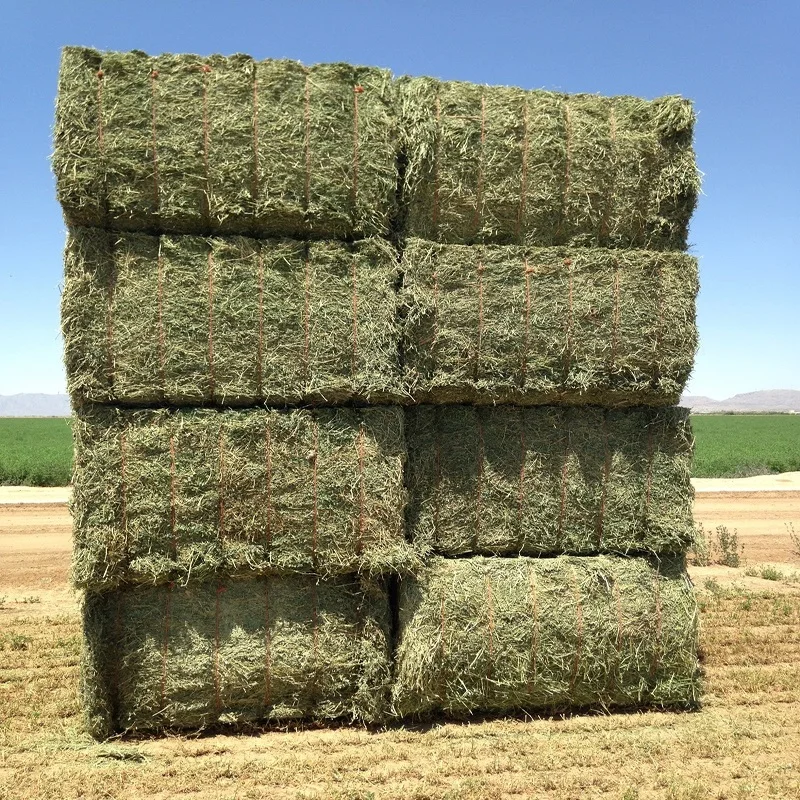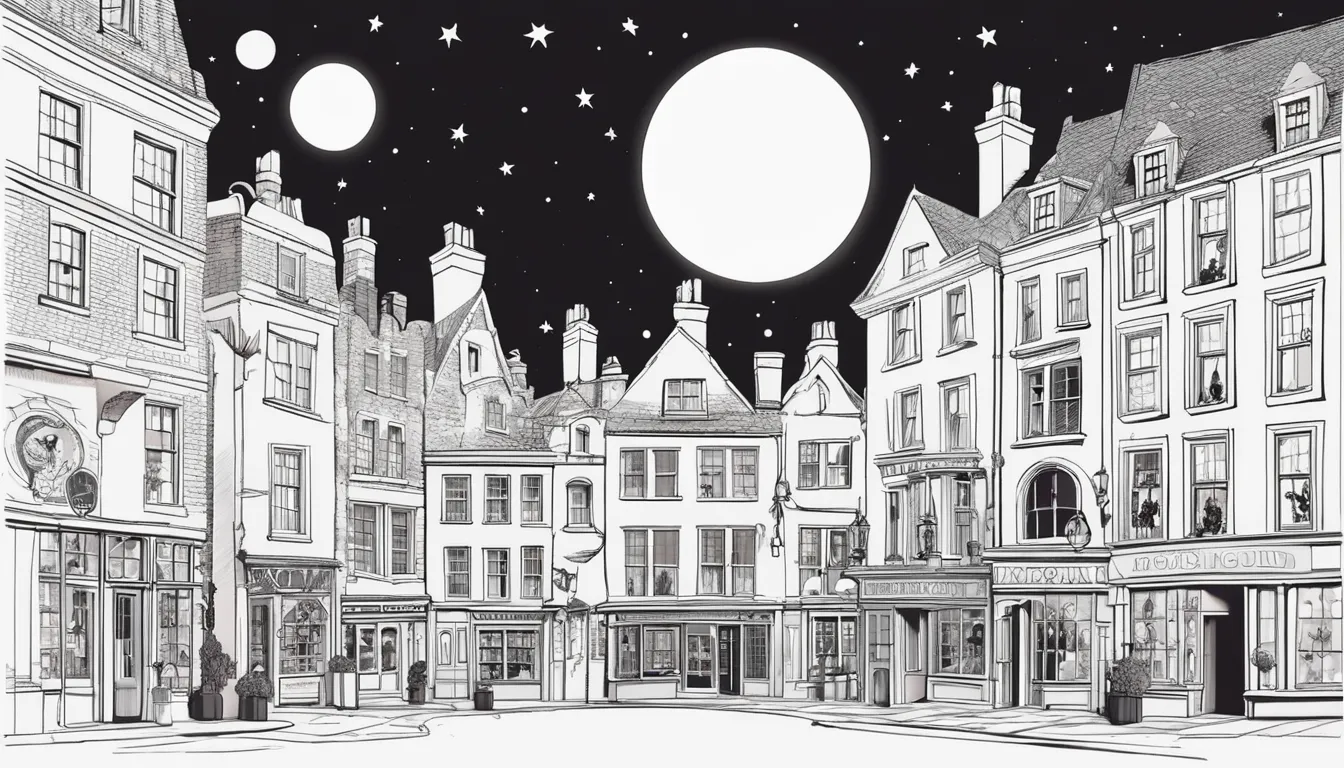America’s desert southwest numbers among the most miraculous places on the planet: sustaining indigenous plant life with truly miraculous healing properties. In reality, with just a small irrigation, America’s southwestern deserts sustain virtually everything green. In her youth, Nature cleverly concealed her fertility in desert sand how fortunate curious locals unlocked this miracle fecundity, following the basic guidelines “just add water.”

Now, having said that, as we awaken to Mother Earth’s desperate peril, we are gradually realizing that what we develop in the desert and how we grow it will make a good deal of distinction in the planet’s survival. California and Arizona have grown far more desperately dry year by year, practically minute by minute, for nearly a decade and the states’ bitterest battles loom over rights to precious water from the Colorado River. Meanwhile, on the other hand, Californians and their close friends in Phoenix persist in expanding grass about their houses. Of all the green points Mother Nature could possibly want brought forth upon her fertile surface, grass certainly will have to land just about at the bottom of the list, just above landfill.
if you play it backwards, it says…
Sadly discounted as an urban legend stories employed to claim that Beatles’ and Pink Floyd songs contained hidden lyrics, discoverable only by playing your record backwards. Applying that similar logic to time-lapse photographs of greater Phoenix, Palm Springs, and Orange County, California, we could discover a excellent deal about how to atone for significant environmental mistakes. Rewind the tape ten years and look at all the orange groves in Mesa, Arizona, Irvine, El Toro, and Costa Mesa, California. Rewind the tape an additional ten years and behold citrus groves stretching for miles in places now paved-more than for freeway site visitors. Buy hay bales online to the days of the Joads and find out why they thought they beheld paradise as they looked out across Los Angeles from the Grapevine Summit. Nothing at all but palms and citrus trees as far as human eyes could see.
In all 3 locations, developers leveled hundreds of thousands of square acres, building tract houses as close collectively as the law would permit. In their frenzy, they leveled a lot more than a million citrus trees, which had prospered in perfect desert ecosystems considering that ambitious Spanish colonizers had surmised, “Yeah, it would develop right here, que no?” Now, ambitious home owners attempt to grow neat little lawns exactly where citrus trees after prospered. The grass sucks-up water, chemical fertilizers, and dollars, delivering completely nothing at all: it is not like sheep or cattle are grazing in homeowners’ back yards.
The answer appears frighteningly basic: For the sake of the atmosphere and the domestic economy, content property owners ought to forgo their sod, forget about artificial turf, and invest wisely in restoring the fruit trees. A southern California suburban family can plant a small fruit tree orchard for less than they pay to water the lawn for just a month.


